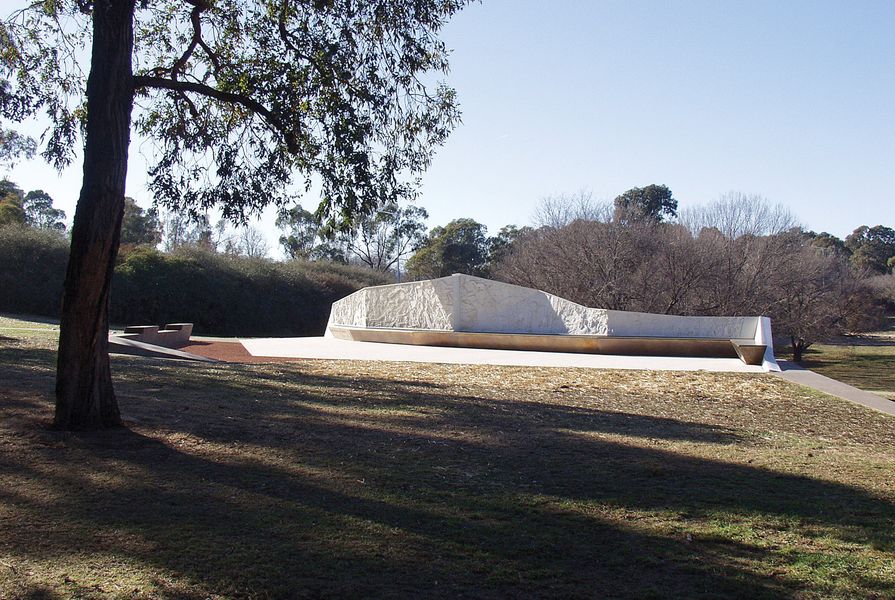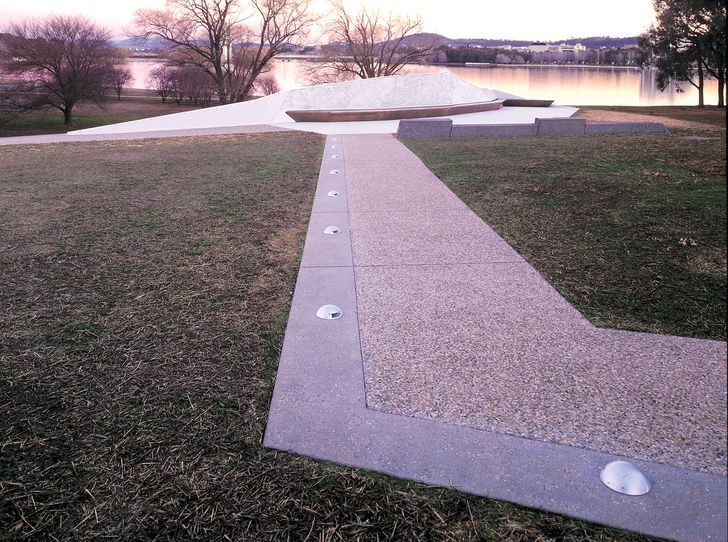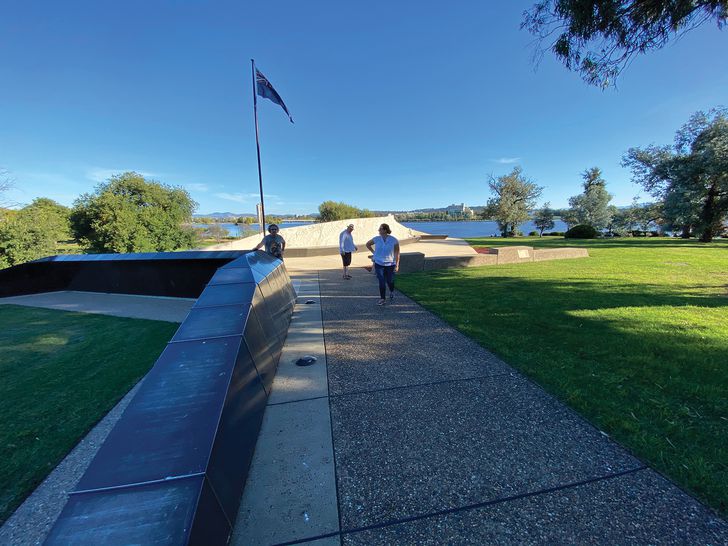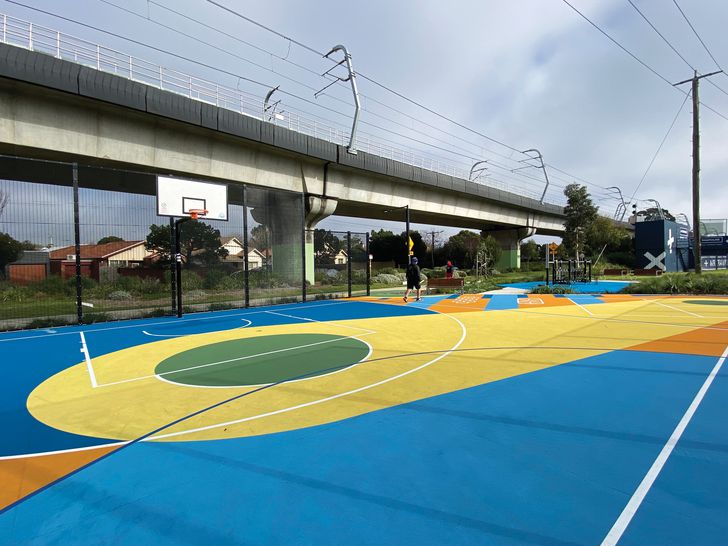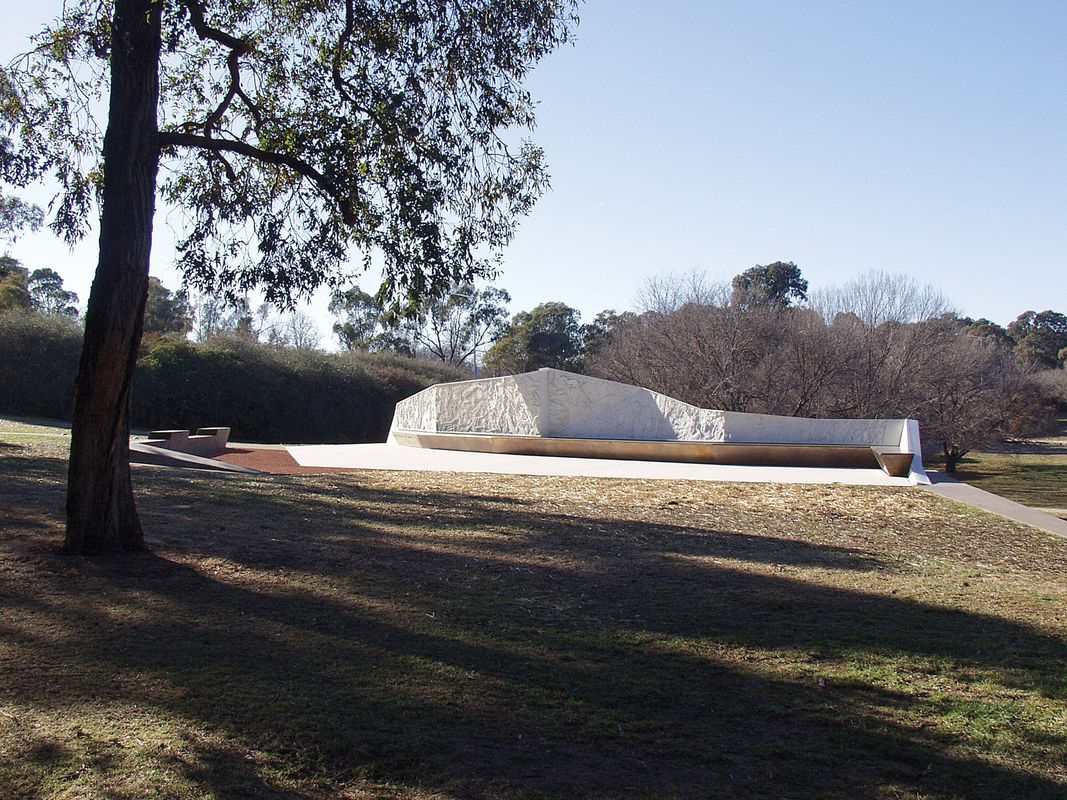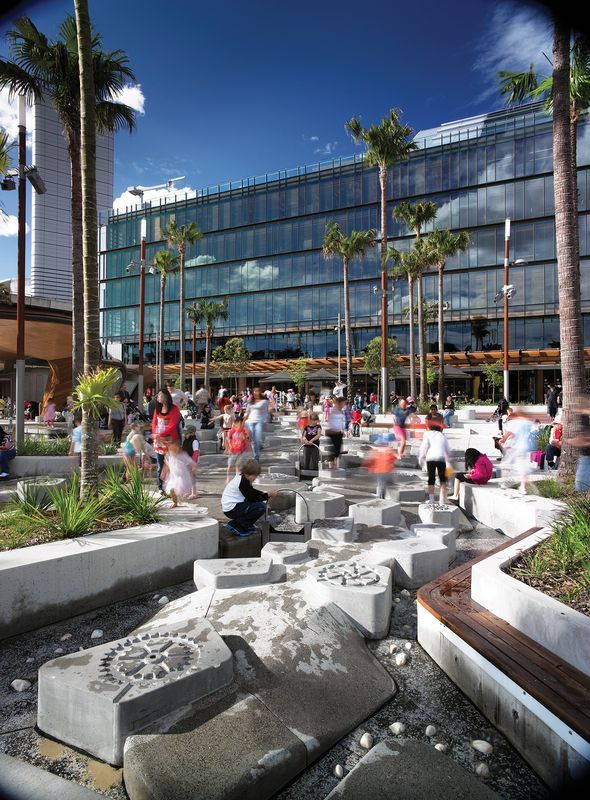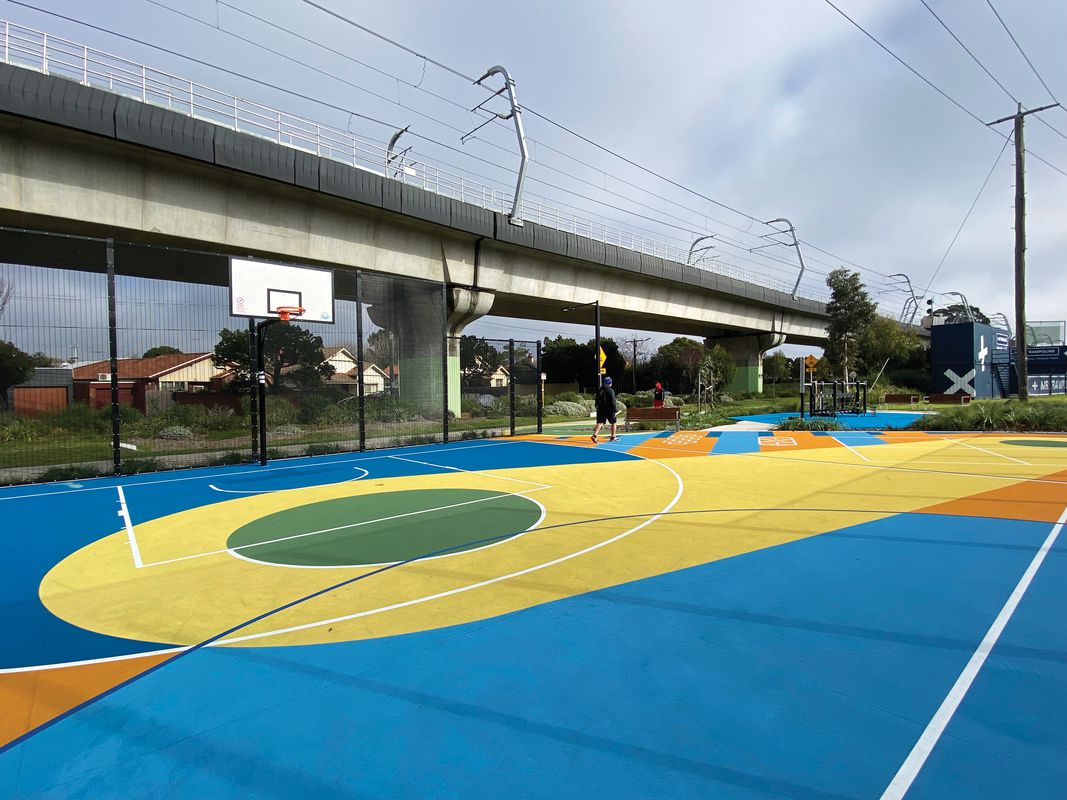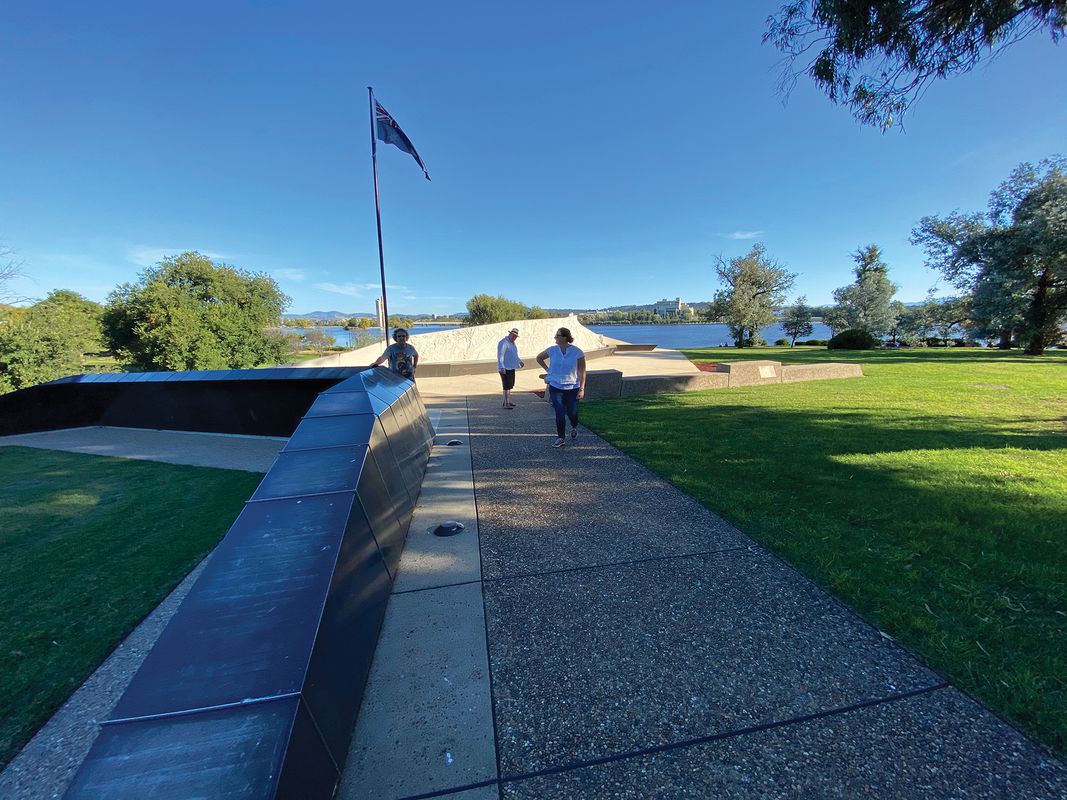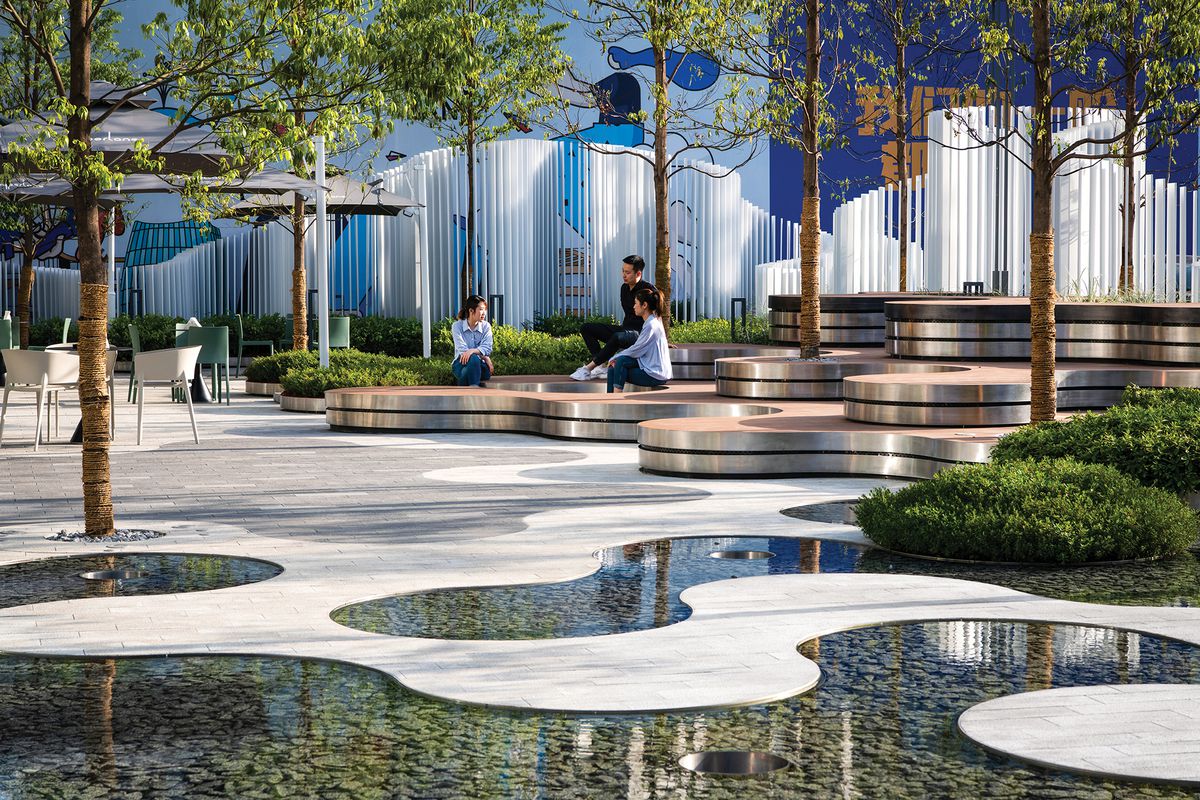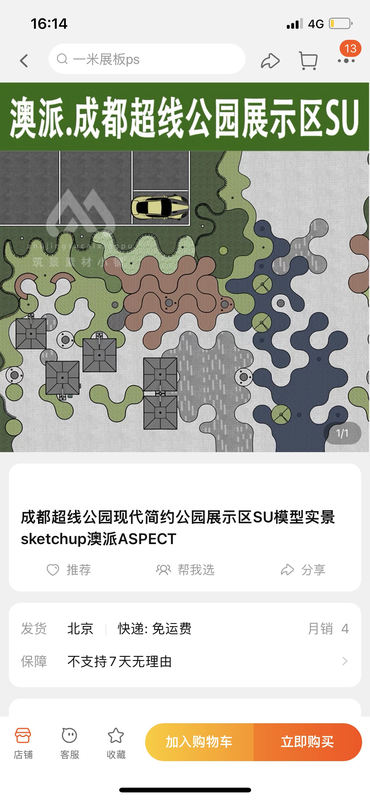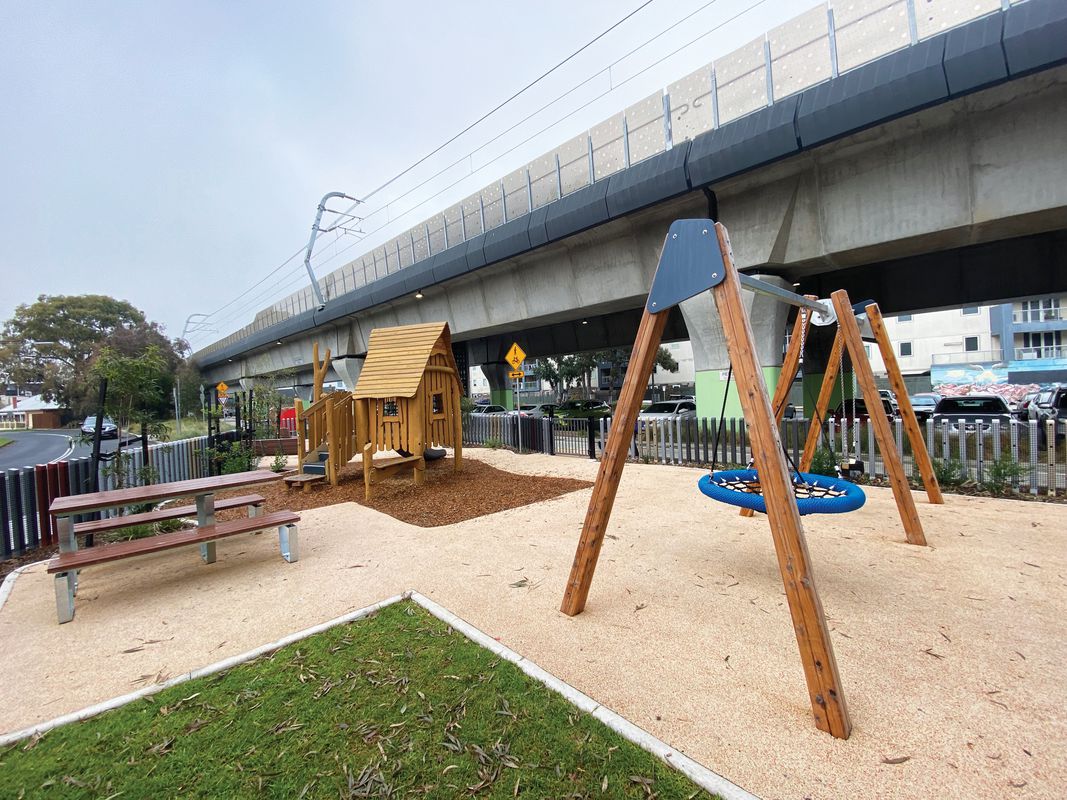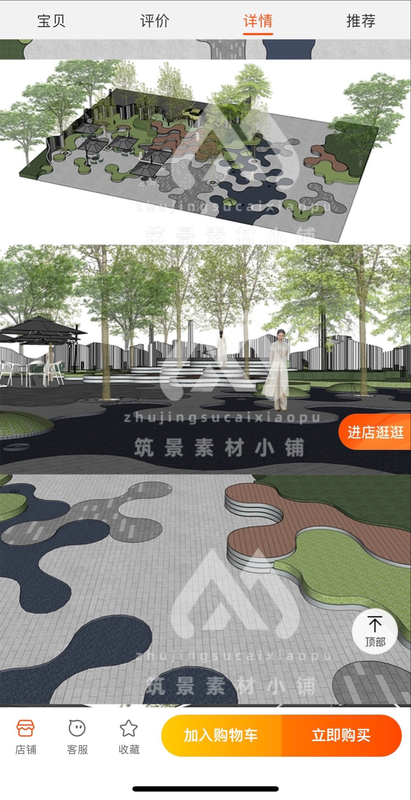It’s easy to get angry. In the aftermath of a project, the clients, media, public and our collaborators can be guilty of failing to recognize the contribution – the authorship – of the landscape architect. For myself, as a practitioner and director of Aspect Studios, to be an author of a project means the practice and I have participated significantly in the design and delivery of that project. Usually, the position is one of co-authorship. True single authorship, by a person or entity, is rare.
On the one hand, I believe we should live in a generous world where recognition of authorship is neither needed nor sought. We, as designers, are active participants in a complex, overdetermined, post-truth public realm, always working with others as co-authors. Our projects change over time, not just because of their nature (for instance, the plants in them grow, the materials in them weather) but because we’ve made them public, handing custodianship of them over to individuals, organizations and councils to continue the process of authoring. If you work in the public realm you have to be prepared to let go of your creations.
On the other hand, I also believe that authorship relates to professional respect and the recognition of the blood, sweat and tears, and the knowledge, talent and ideas of individual designers and design practices. And that is where things can get ugly: when the respect and recognition that is due is directed (either unthinkingly or deliberately) towards certain contributors to the project, while others remain unacknowledged.
(Lack of) acknowledgement
The most common form of authorship gripe: your collaborator, most often the lead firm, promotes the project, but does not even mention your practice. Once a common occurrence, the situation is slowly improving, yet it continues to remain a constant friction between the professions, irrespective of who the lead consultant of the project is. Design practices’ websites tend to be the worst in this respect, with omission of other practices’ contributions to featured projects justified by the claim that “our practice’s website is about us.”
Non-lead authors are rarely mentioned in media releases. Here, the client is often the guilty party, honouring (usually) the architect. This culturally entrenched behaviour is tied to the idea of singular authorship, often associated with the notion of a genius who has offered god-like guidance over the project. But this doesn’t need to be the case. Aspect Studios has had a very positive experience of co-authorship in relation to the design of Yagan Square. From the outset of that project, it was agreed that Lyons Architecture, Iredale Pedersen Hook and Aspect Studios would always be named as co-collaborators. Lyons has championed this position emphatically.
My advice is to always recognize others’ contributions, even if they do not recognize yours.
Edits and additions
Having projects that you have designed altered happens when you work on projects sited in public space. The National Emergency Services Memorial (NESM) in Canberra is an interesting example. Aspect Studios won the competition for the design of the memorial back in the early 2000s and it was a formative project for our practice. In 2021, in a short break between Melbourne’s lockdowns, I visited Canberra and discovered the memorial had been extended, presumably to list more names. At no point had Aspect Studios been informed of the intention for there to be changes to the project, let alone been given the opportunity to review the proposed changes and offer advice.
Fortunately, the addition to the memorial was sympathetically designed and well-built, and a visitor might not even notice it was by other designers. While I wanted to scream in anger, I knew the memorial was not mine and Aspect Studios had at no stage been the project’s sole author. Was the committee responsible for the memorial required to ask us, as designers, for permission to make the changes? No. Did they need to seek our advice on the proposed form of the changes? No. But, should they have sought our review? I would say yes. While context – including the project working history, personalities involved and the extent of the alterations – will be of influence in each case, I would suggest that in the majority of cases, the respectful way to proceed is to consult.
The National Emergency Services Memorial before the extension, with Lake Burley Griffin in the background.
Image: Ben Wrigley
Although the new addition is “sympathetically designed and well-built,” Aspect Studios was not given the chance to review the changes.
Image: Kirsten Bauer
Additions have also popped up on the Caulfield to Dandenong Level Crossing Removal Project (CD9) in south-east Melbourne. CD9 involved a complex co-authorship situation between multiple designers and entities, as the project’s three linear parks under the elevated railway cross three suburban locations. It was always understood by these parties that over time government entities would add more facilities, places and planting to the parks. These additions have indeed begun to occur, with one government agency already having added play and recreation facilities to one of the parks that Aspect Studios originally designed.
Just like the NESM, Aspect Studios were not consulted or given any courtesy call. Unlike the NESM, the additions in this case could have been more sympathetic, the choice of colours and play equipment more thoughtful. The newly inserted playground has a magical climbing tower, a nostalgic view of play that clashes with Aspect Studio’s design, which focuses on nature play and preferences more contemporary forms.
A new sports node along CD9 that happened to be designed by an ex-Aspect Studios landscape architect, on the other hand, is better. Aspect Studios was not consulted on this design addition either, however this particular addition observes the original design’s principles and responds accordingly, with colours and forms matching the project’s other recreation nodes. While the graphic play is a little simple, overall I believe it is a great addition to the original design.
Coming back to the question: should Aspect Studios have been consulted in each of these cases? Again, while the answer is not black and white, here are a few matters to consider. Firstly, it is very heartening to see council and the community taking ownership over the parks and engaging with the role and function of the parks by making additions. These additions give the overall project additional longevity and legacy. On the other hand, the quality of these additions varies depending on the design – arguably these outcomes might be better if we, as one of the original designers, had been consulted. Consider also that CD9 is a project that has won national and international awards. If the project were a building, would the architects have been given a call? You bet.
A new sports node added along the railway, again without consultation with Aspect Studios, observes the original design principles.
Image: Kirsten Bauer
A nostalgic playground at Carnegie Station clashes with Aspect’s contemporary design for the Caulfield to Dandenong Level Crossing Removal Project.
Image: Kirsten Bauer
It’s a minefield out there – “cut and paste” or “influencing”
Full digital models of built public space designs, including a few by Aspect Studios, are out there on the international market. Design is now a product, and we aren’t even in control of the sale of it. The Darling Quarter water play design, one of our signature projects, appears to have been copied by another international firm for a site in China. This is lazy, disrespectful, and suggests good design is simply repeatable: it is not.
Just recently, we discovered that the design for The Hyperlane, a project Aspect Studios completed in Chengdu, has “inspired” the work of many others across Asia. Scouring the internet turns up other projects that clearly duplicate the distinctive forms of The Hyperlane terraces. On this, internal discussion within the studio has shifted from feelings of outrage, to exploring legal perspectives on the situation, to seeing the proliferation of these strikingly similar projects as flattery and a compliment. Perhaps our best response is that “our one is better,” – that the quality of the idea and its execution is the strongest claim on authorship. While we know that, as designers, we are always building on the work of others that came before, it’s the literalness of the copy that is the issue here.
Aspect Studios’ signature Darling Quarter water play design appears to have been copied by an international firm for a site in China.
Image: Florian Groehn
Full digital models of built public space designs, including a few that very closely resemble designs by Aspect Studios, are out there on the international market.
Image: Screenshot from Taobao website
And no discussion on authorship by a Melburnian would be complete without a mention of Fed Square. When opinion was sought on the proposed partial demolition and insertion of an Apple store, one of the architects of the square publicly declared that he was fine with the change. The most problematic facet of this statement is the assumption that it was the architectural profession which had the right to give permission – not the other professions who had collaborated in the original design, nor the broader community who use this significant public space.
As discussed earlier, constructing the public realm does require designers to give up absolute control of their designs as projects take on their own life and meaning beyond the initial design concept. Nevertheless – and while each situation has its own nuances – it would be nice if landscape architects, like architects, could receive a courtesy call informing them of any upcoming changes. All designers deserve professional respect – for both their ideas and their projects.
Note: These comments are a personal reflection and not the position of Aspect Studios.
Source
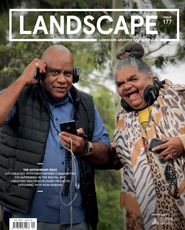
Practice
Published online: 1 Mar 2023
Words:
Kirsten Bauer
Images:
Ben Wrigley,
Florian Groehn,
Kirsten Bauer,
Lu Bing,
Screenshot from Taobao website
Issue
Landscape Architecture Australia, February 2023

